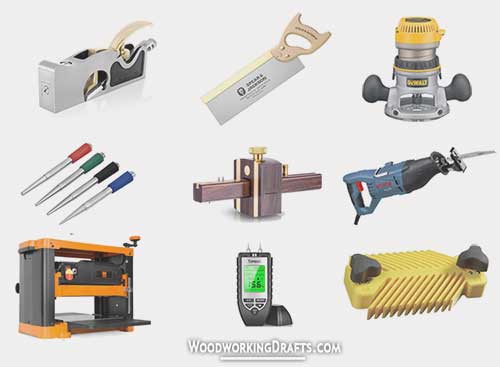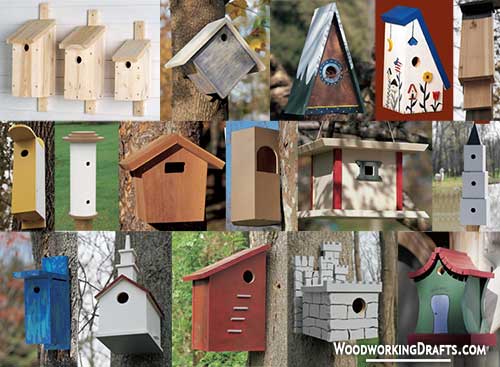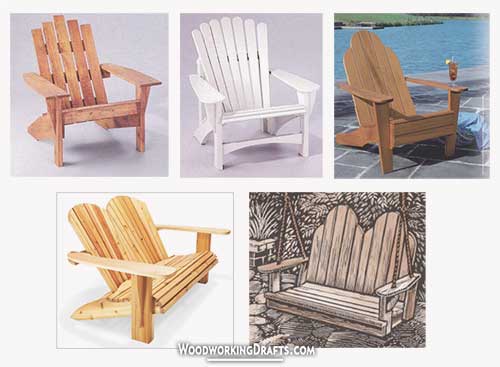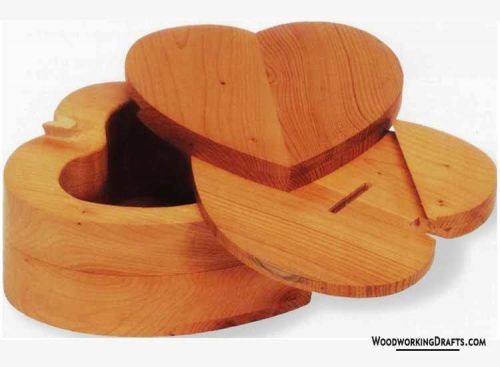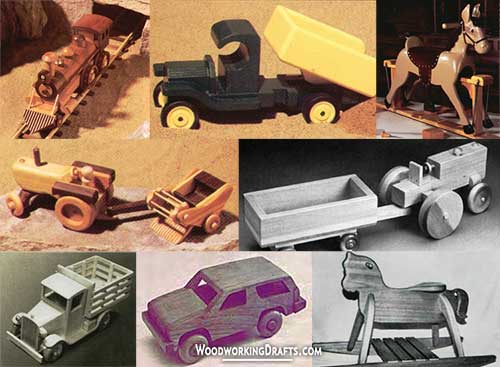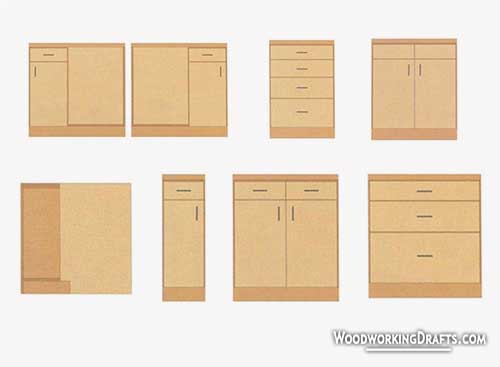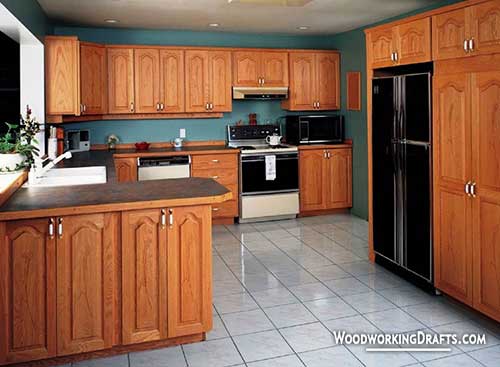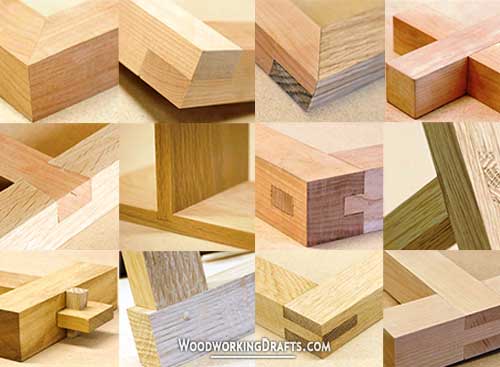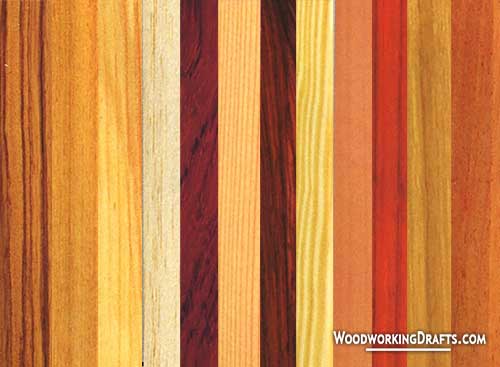Your Guide To Quality Lumber Used By Pros For Furniture And Woodworking Projects
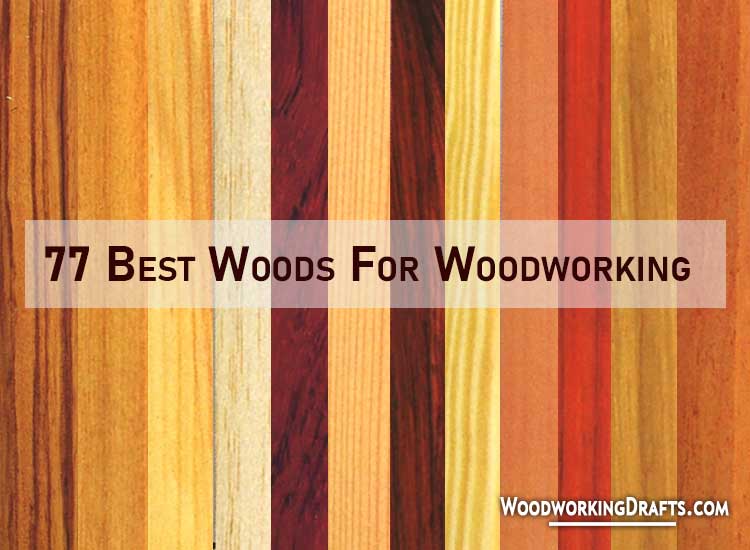
Selecting the best wood types for woodworking from the hundreds of woods available at a store can be quite a challenge.
It may seem like you will have to spend a lot of money just buying lumber. Today, let us look at how to pick the most suitable wood for your woodworking projects.
Whether you are building a musical instrument or a simple chair, selecting the right wood will enhance your DIY project’s beauty, durability, and value.
Woods available for woodworking can be classified at a high level into milled and manufactured woods.
Milled woods are sawed directly from tree trunks in lumber mills.
Manufactured or engineered woods are crafted in factories by machines using thin slices of timber or wooden fibers. Common examples include plywood, particleboard, and MDF.
Milled lumber can be further classified as hardwoods and softwoods.
From their names, it may seem that all hardwoods have strong and dense timber, whereas all softwoods have soft and bendable timber. This is mostly the case but not always so. Some hardwoods like Balsa and Aspen are softer than many softwoods.
The classification of hardwood or softwood is simply based on the type of tree the wood is milled from.
Hardwood vs. Softwood Differences And Uses
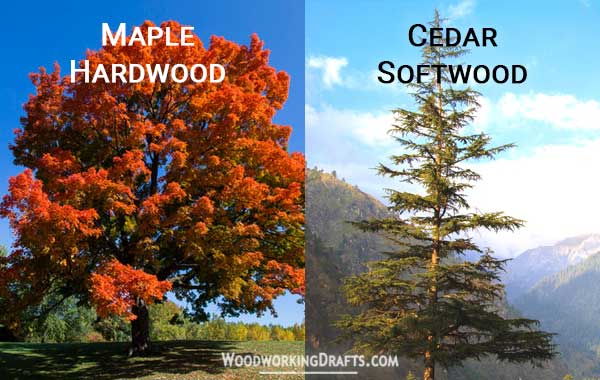
Hardwoods are milled from deciduous trees that have leaves and produce flowers. Common examples include maple, oak, and cherry.
Softwoods are produced by coniferous trees, which usually have needles and cones. The lumber from these trees has distinctly visible growth rings due to the contrasting color differences in the earlywood and latewood.
Unique Features of Softwood
Softwood has a low-density structure that makes it easier to use for building furniture.
The lighter and more porous softwoods absorb stains and adhesives easily and quickly.
As this kind of wood is more plentiful than hardwood, it is widely used in the construction industry for claddings, fittings, and framings.
It is not very fire-resistant.
It is usually paler in color compared to hardwoods and has more sap in it.
Softwood trees grow at a quick rate. They repopulate fast after being cut down. So the price of common softwoods is usually lesser than hardwoods.
Unique Features of Hardwood
Hardwood has very little sap in it and is highly fire-resistant. So it is frequently used for floor construction.
Harwood trees grow very slowly. They take a long time to grow back after cutting. Hence, they are usually more expensive than softwoods.
Hardwood is denser compared to softwood and is more resistant to insects and molds.
Furniture made with hardwood lasts much longer compared to pieces made with softwood.
Hardwoods come in a wide range of colors and textures.
As it has a high-density structure, it absorbs stains and adhesives slowly.
Best Softwoods For Woodworking, Furniture & Building
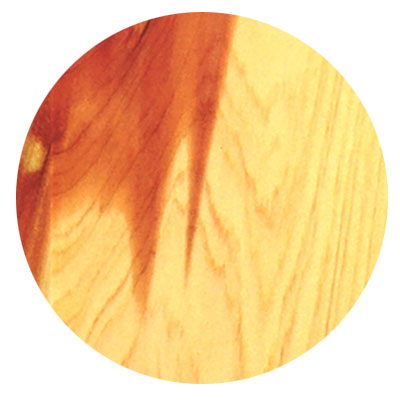
Aromatic Cedar
Color: Reddish-brown
Uses: Carvings, closet linings, pencils, chests, veneers
Price: Inexpensive
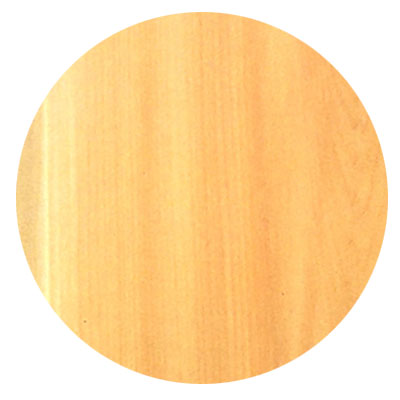
White Cedar
Color: Brownish white
Uses: Boatbuilding, decorative fences, posts
Price: Inexpensive
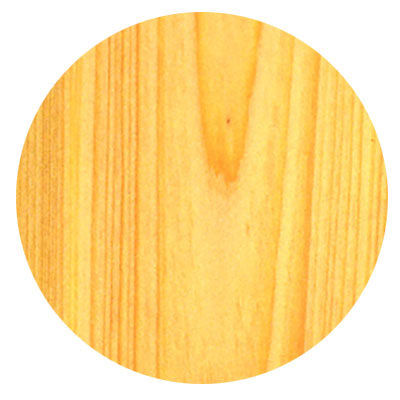
Bald Cypress
Color: Yellowish-brown to dark brown
Uses: Joinery, boat building, posts, tanks, chemical vats
Price: Inexpensive
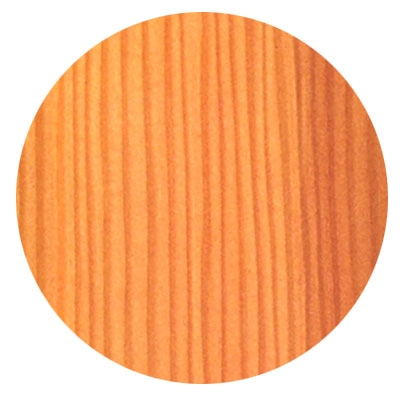
Douglas Fir
Color: Reddish-brown
Uses: Construction applications, plywood, joinery, veneers
Price: Inexpensive
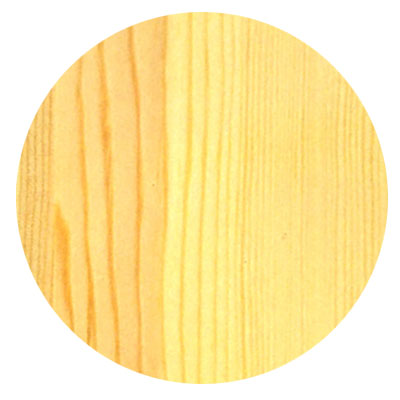
Ponderosa Pine
Color: Darker yellow to reddish-brown
Uses: Furniture, paneling, general construction, joinery, carving, turning, veneers
Price: Inexpensive
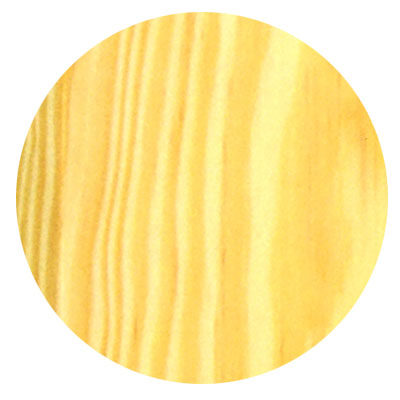
Southern Yellow Pine
Color: Yellow-brown to reddish-brown
Uses: Furniture, plywood, construction, veneers
Price: Inexpensive
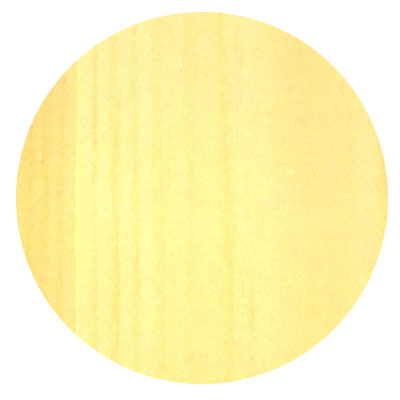
White Pine
Color: Light yellow to reddish-brown
Uses: Furniture, plywood, construction, boat building, joinery, veneers
Price: Inexpensive
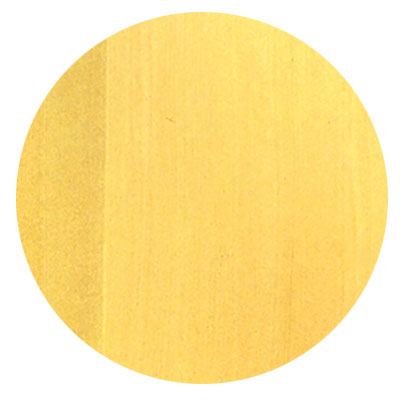
Alaska Yellow Cedar
Color: Pale yellow
Uses: Furniture, joinery, boat building, veneers
Price: Moderate
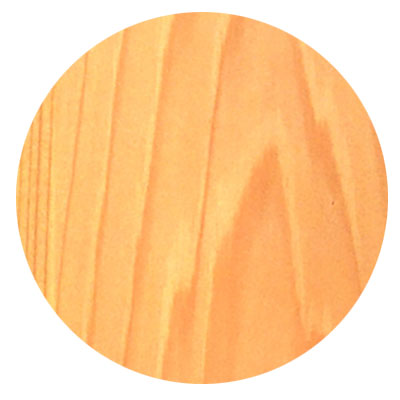
Western Red Cedar
Color: Reddish white
Uses: Boatbuilding, outdoor furniture, exterior millwork
Price: Moderate
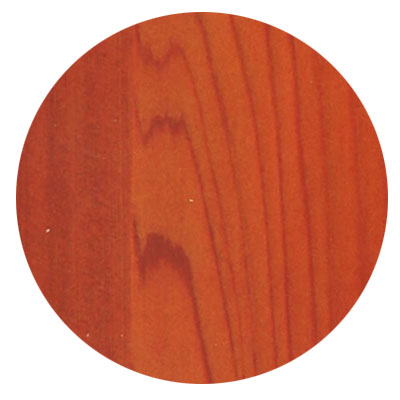
California Redwood
Color: Deep reddish-brown
Uses: Outdoor construction, joinery, plywood, paneling, posts, furniture, veneers
Price: Moderate
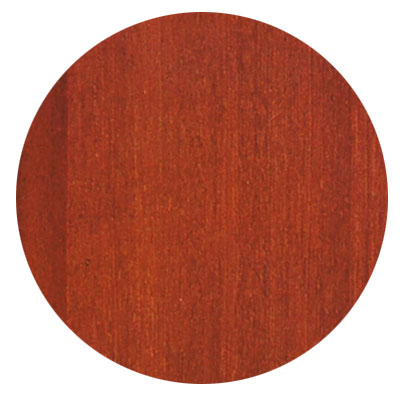
Sapele
Color: Medium to dark reddish-brown
Uses: Cabinetwork, marquetry, paneling, sports equipment, musical instruments, boat building, plywood, furniture, joinery, veneers
Price: Moderate
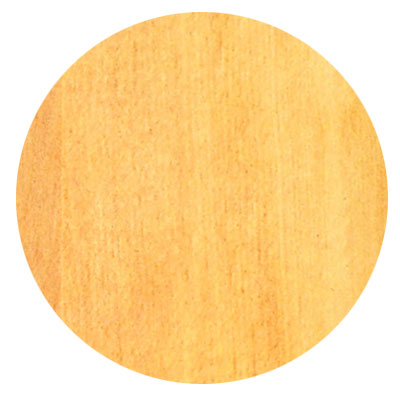
Sitka Spruce
Color: White to yellowish-brown with a slight pinkish tinge
Uses: Interior joinery, construction, plywood, gliders, rowing sculls, oars, boat building, musical instruments, veneers
Price: Moderate
Softwood Lumber Grades
Softwoods are classified into seven quality grades based on strength and appearance.
Select B and BTR (supreme)
Clear appearance and top quality, Minor blemishes and defects, Not easily available, Costly
C Select (Choice)
High quality, Small blemishes and defects
D Select (quality)
Good quality, Blemishes and defects are more visible
Superior Finish
Best quality of finish grade lumber, minor blemishes and defects
Prime Finish
High quality with few blemishes and defects
No. 1 Common (colonial)
Available in limited size ranges, Could contain small tight knots
No. 2 Common (sterling)
Bigger, coarser blemishes and defects, usually used where a knotty appearance is desired.
Best Hardwoods For Woodworking, Furniture & Building
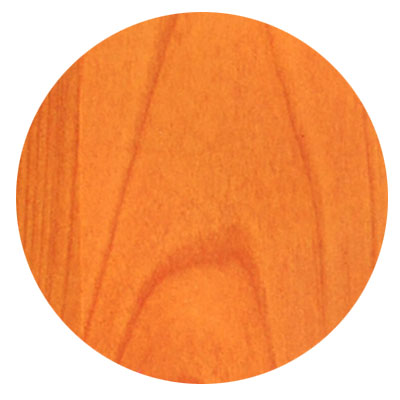
Red Alder
Color: Pale yellow to reddish-brown
Uses: Turning, plywood, carving, furniture, veneers
Price: Inexpensive
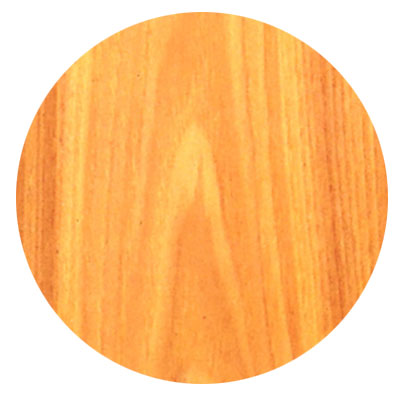
Black Ash
Color: Dark grayish brown
Uses: Joinery, plywood, cabinets, veneers
Price: Inexpensive
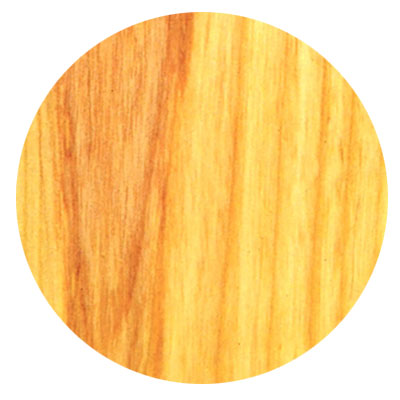
White Ash
Color: Light brown
Uses: Baseball bats, furniture, boats, tool handles, oars, pool cues, veneers
Price: Inexpensive
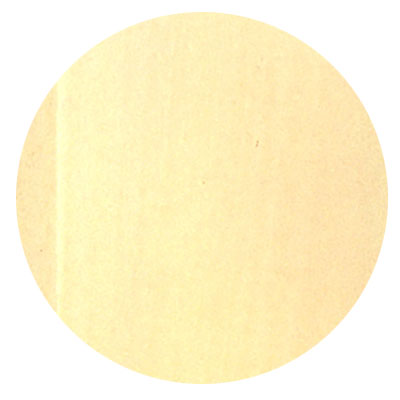
Basswood
Color: Creamy white to creamy brown
Uses: Boxes, crates, pattern making, toys, carving, turning
Price: Inexpensive
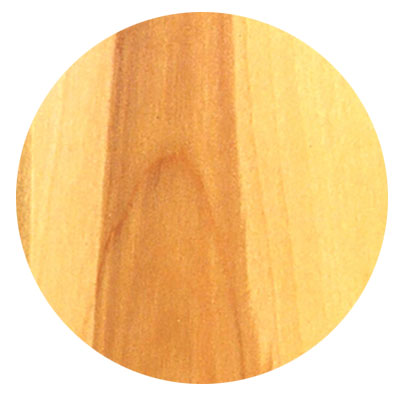
Paper Birch
Color: Creamy white to pale brown
Uses: Plywood, toys, spools, toothpicks, dowels, domestic utensils
Price: Inexpensive
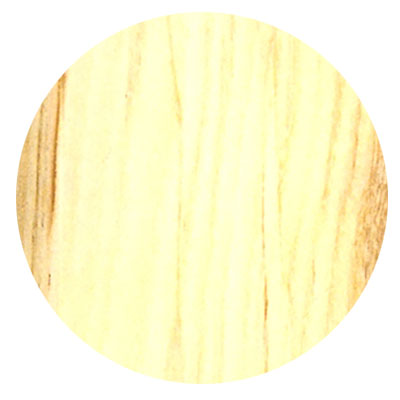
Hackberry
Color: Light brown with yellow bands
Uses: Furniture, plywood, cabinetwork, sports equipment, veneers
Price: Inexpensive
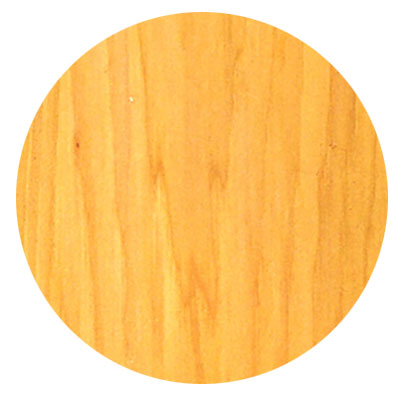
Hickory
Color: Brown to reddish-brown
Uses: Sporting equipment, plywood, striking handles, chairs, bentwood furniture, veneers
Price: Inexpensive
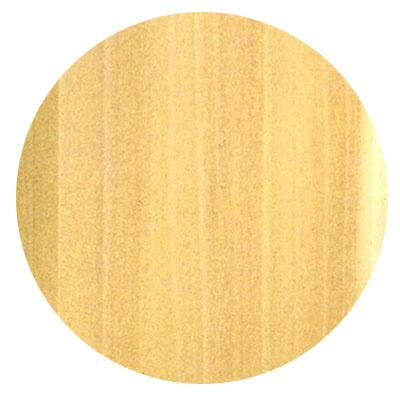
Yellow Poplar
Color: Pale-brown with green or dark brown streaks
Uses: Joinery, carving, musical instruments, cabinetwork, furniture, veneers
Price: Inexpensive
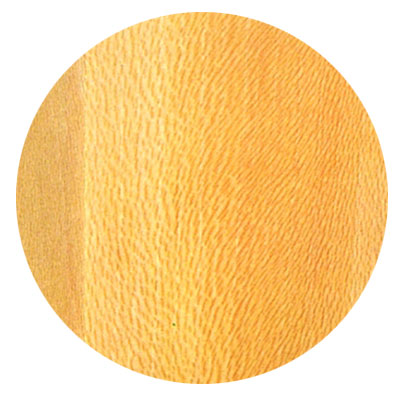
American Sycamore
Color: Pale reddish-brown
Uses: Furniture, butcher’s blocks, joinery, veneers
Price: Inexpensive
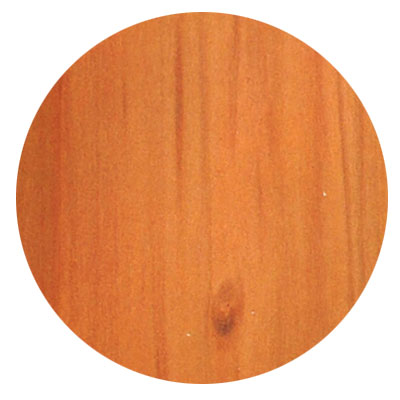
Willow
Color: Grayish-brown with reddish-brown streaks
Uses: Artificial limbs, crates, boxes, baskets, wickerwork, toys, decorative veneers
Price: Inexpensive
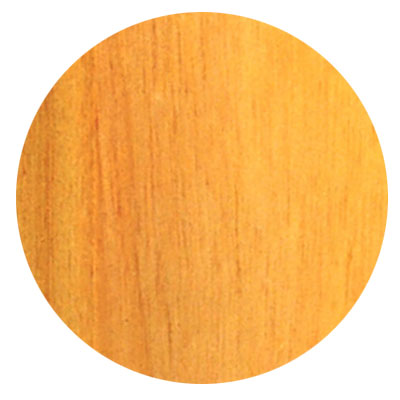
Agba
Color: Straw brown with a pinkish tint
Uses: Molding, plywood, boats, turning, furniture
Price: Moderate
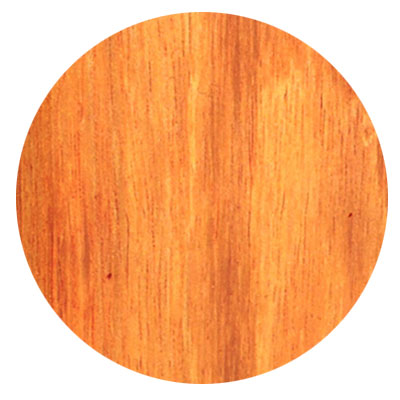
Amburana
Color: Yellow to pale brown with a slight orange tint that darkens with exposure
Uses: Furniture, boats, joinery, veneers
Price: Moderate
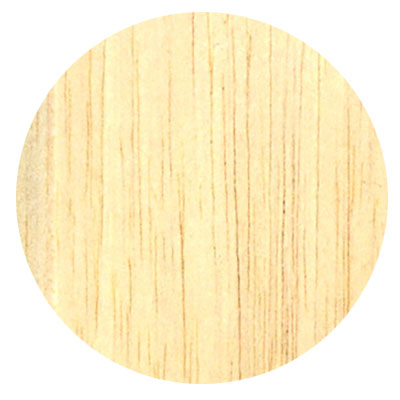
Balsa
Color: White to oatmeal brown with pinkish tint
Uses: Water sports gear, theater props, toys, models
Price: Moderate
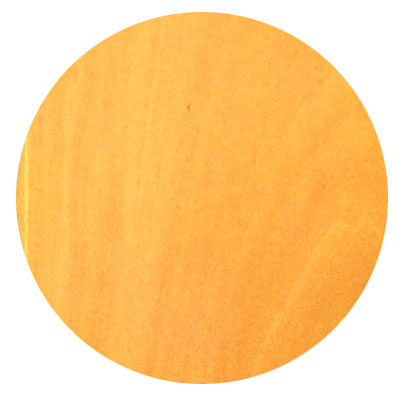
Bayo
Color: Brownish pink to creamy pink
Uses: Furniture, cabinets, framing, turning, veneers
Price: Moderate
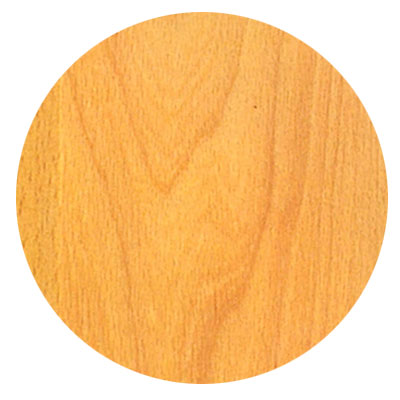
American Beech
Color: Reddish-brown to light brown
Uses: Cabinets, handles, bentwood furniture, turning
Price: Moderate
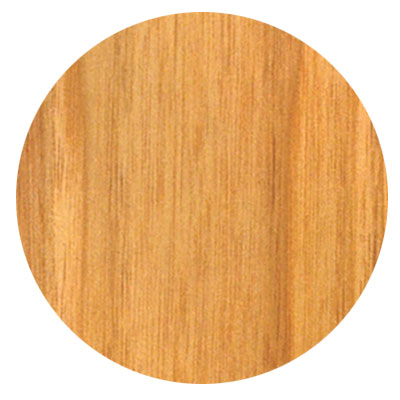
Butternut
Color: Medium-light brown
Uses: Furniture, interior trim on boats, carving, veneer
Price: Moderate
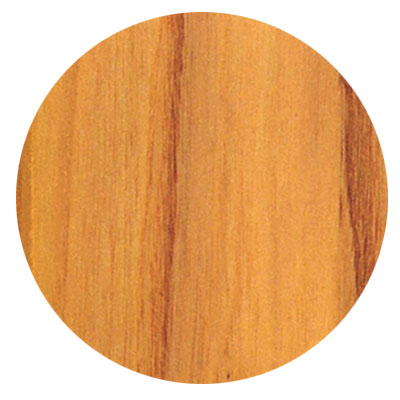
Catalpa
Color: Light tan with dark growth rings
Uses: Cabinets, turning, ornaments, picture frames
Price: Moderate
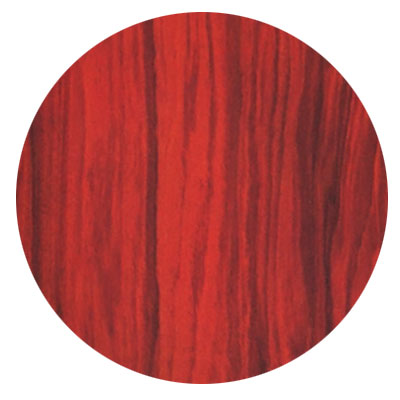
Chactacote
Color: Crimson red
Uses: Turning, cabinets, furniture
Price: Moderate
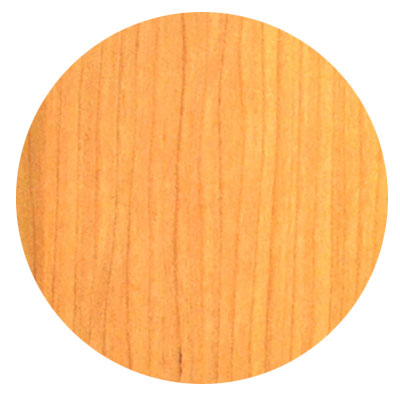
Black Cherry
Color: Reddish-brown to deep brown
Uses: Furniture, carving, musical instruments, boat interiors, veneers
Price: Moderate
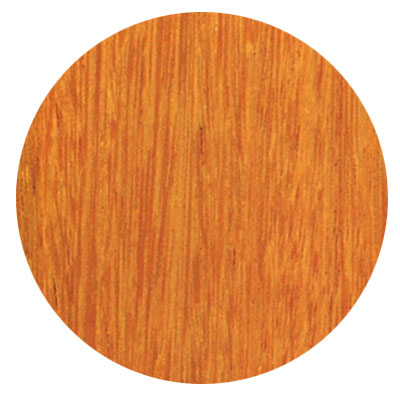
Amarillo Chontaquiro
Color: Light to dark brown
Uses: Cabinets, furniture, construction work
Price: Moderate
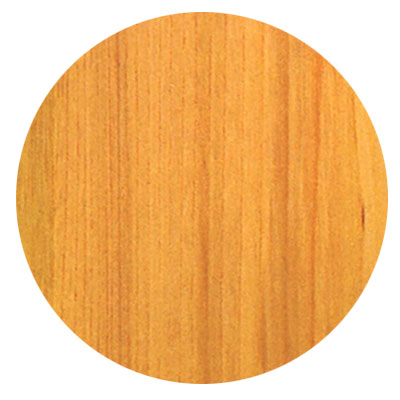
White Elm
Color: Yellowish-brown
Uses: Furniture, sports equipment, boat building, decorative veneers
Price: Moderate
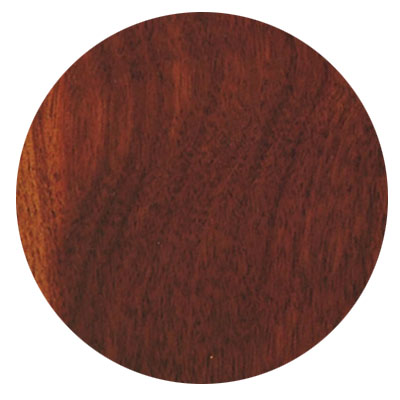
Imbuia
Color: Olive or yellow to chocolate brown with visible growth rings
Uses: Fine furniture, paneling, gunstocks, joinery, cabinetmaking, veneers
Price: Moderate
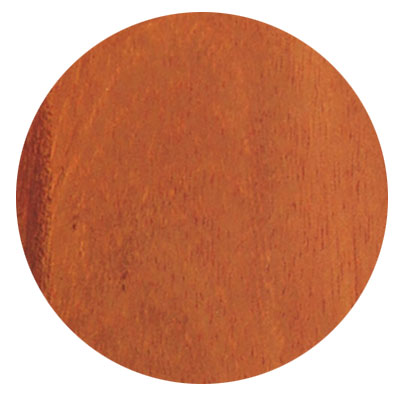
Iroko
Color: Light golden to dark brown
Uses: Boatbuilding, plywood, carving, outdoor furniture, cabinetwork, joinery, veneers
Price: Moderate
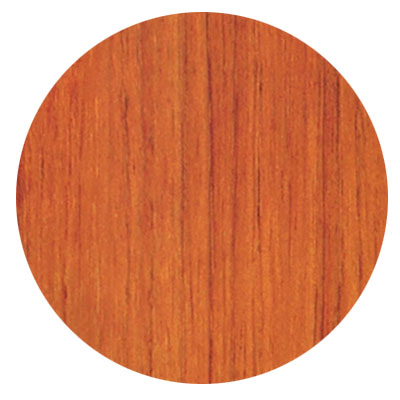
Jatoba
Color: Salmon red to orange-brown heartwood with dark brown streaks
Uses: Furniture, paneling, flooring, sporting equipment, tool handles, turning, cabinetmaking, veneers
Price: Moderate
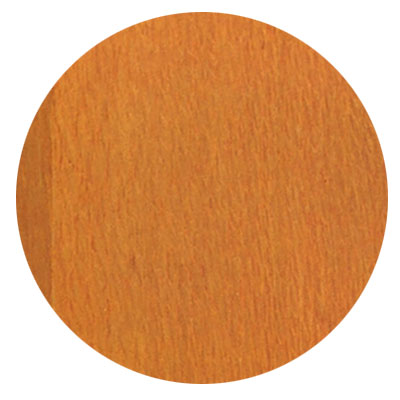
Lacewood
Color: Reddish-brown
Uses: Furniture, plywood, joinery, turning, veneers
Price: Moderate
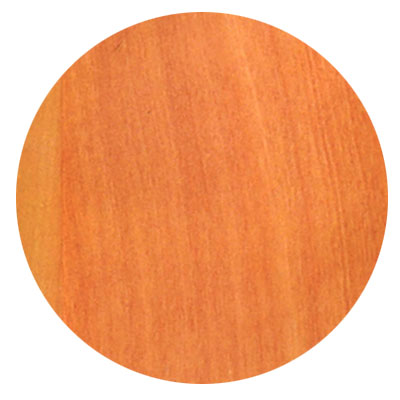
Madrone
Color: Pale reddish-yellow to deeper red or brown
Uses: Fine furniture, turning, decorative veneers
Price: Moderate
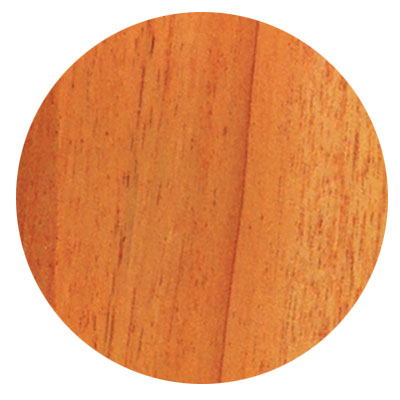
African Mahogany
Color: Reddish-brown
Uses: Cabinetmaking, plywood, boat building, furniture, joinery, veneers
Price: Moderate
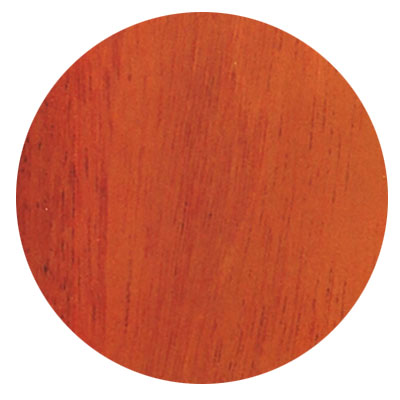
South American Mahogany
Color: Light reddish-brown to medium red
Uses: Fine furniture, pattern making, carving, pianos, boat interiors, joinery, moldings, interior paneling, a wide range of decorative veneers
Price: Moderate
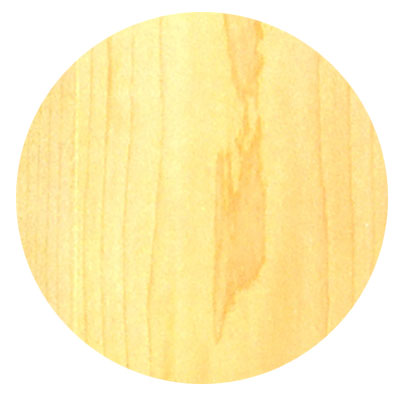
Hard Maple
Color: Reddish-brown
Uses: Turning, plywood, flooring, butcher’s blocks, musical instruments, sports equipment, furniture, veneers
Price: Moderate
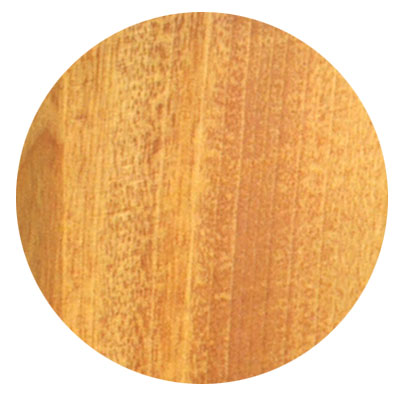
Myrtle
Color: Golden tan to yellowish-green
Uses: Turning, paneling, cabinetmaking, joinery, furniture, veneers
Price: Moderate
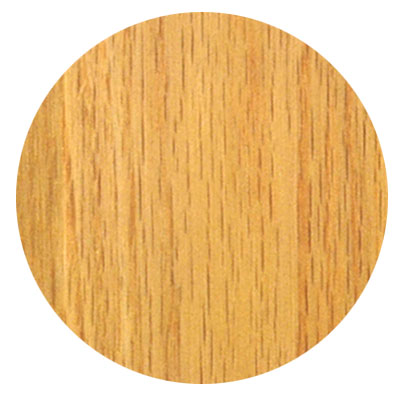
Red Oak
Color: Pinkish-red
Uses: Furniture, plywood, flooring, interior joinery, veneers
Price: Moderate
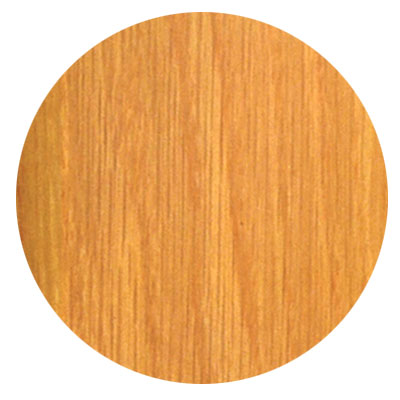
White Oak
Color: Light tan with a yellowish tint
Uses: Furniture, plywood, barrels, boat building, cabinetmaking, joinery, veneers
Price: Moderate
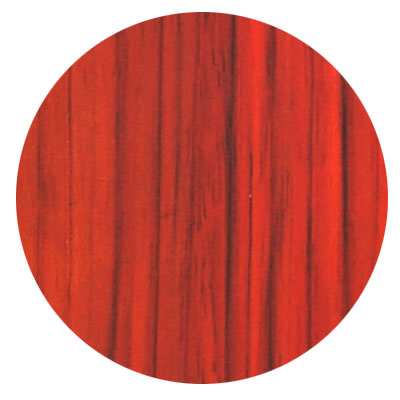
African Padauk
Color: Deep red to purple-brown with red streaks
Uses: Furniture, handles, turning, joinery, cabinetmaking, veneers
Price: Moderate
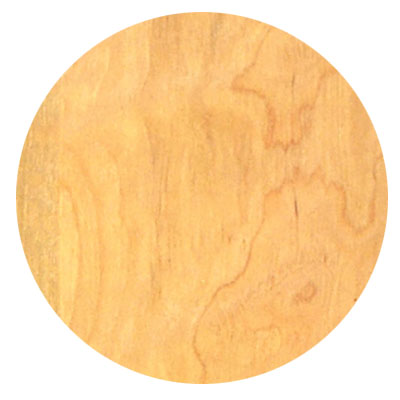
Pecan
Color: Reddish-brown
Uses: Turning, drumsticks, sports equipment, tool handles, furniture, veneers
Price: Moderate
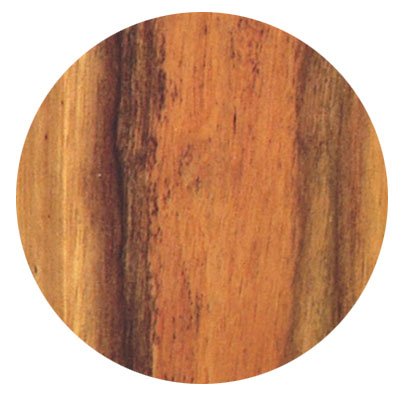
Persimmon
Color: Dark brown with black streaks
Uses: Furniture, golf club heads, turning, veneers; sometimes flooring
Price: Moderate
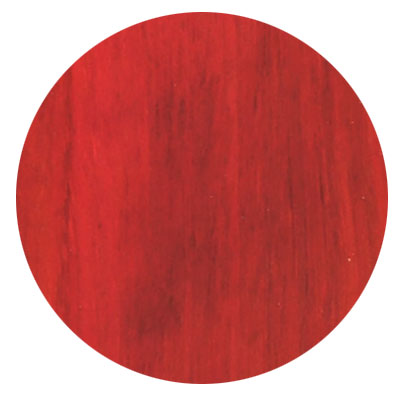
Purpleheart
Color: Deep purple, maturing to a rich brown after exposure
Uses: Billiard cues, handles, tool shafts, furniture, outdoor, indoor, turning, veneers
Price: Moderate
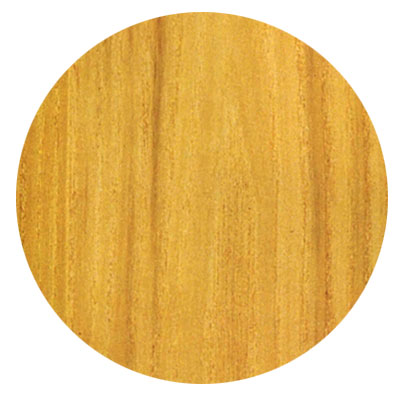
Sassafras
Color: Light to dark brown
Uses: Musical instruments, furniture, containers, kayak paddles, boat building
Price: Moderate
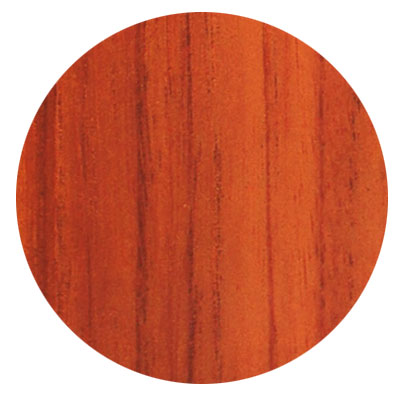
Spanish Cedar
Color: Pinkish-to reddish-brown that darkens to a deeper red
Uses: Furniture, plywood, cigar boxes, lead pencils, musical instruments, boat building, joinery, cabinetwork, veneers
Price: Moderate
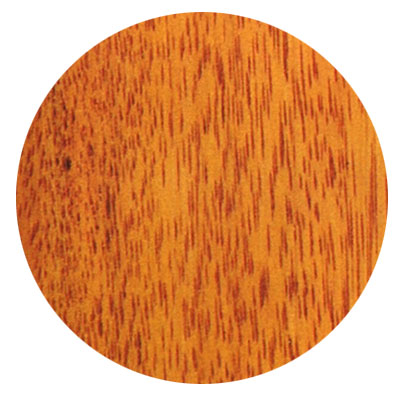
Tornillo
Color: Pink to golden brown
Uses: Carpentry, general construction, carving, turning, furniture
Price: Moderate
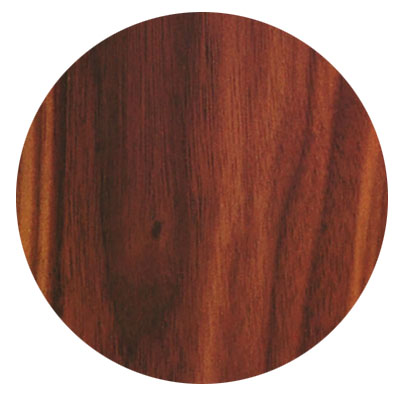
Black Walnut
Color: Dark brown to purplish-black
Uses: Fine furniture, plywood, carving, clock cases, musical instruments, boat building, turning, cabinets, gunstocks, veneers
Price: Moderate
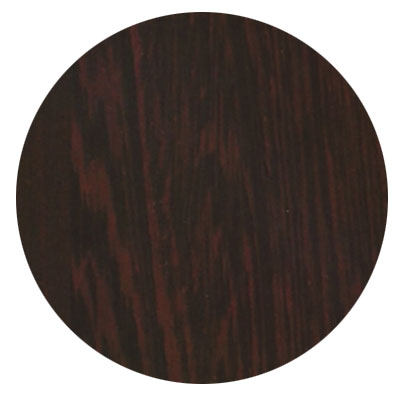
Wenge
Color: Dark brown with blackish veins
Uses: Turning, paneling, cabinetmaking, exterior joinery, interior, decorative veneers
Price: Moderate
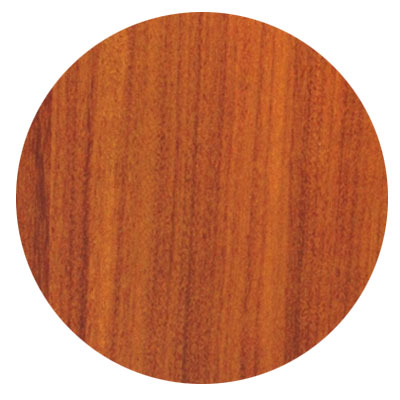
Afrormosia
Color: Yellowish-brown that darkens to rich golden brown on exposure
Uses: Furniture, boats, decorative veneers
Price: Expensive
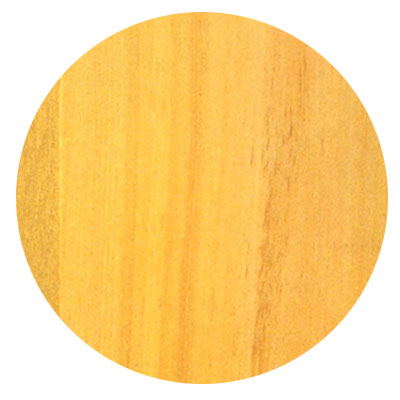
Avodire
Color: Golden yellow
Uses: Cabinets, veneers, marquetry, plywood
Price: Expensive
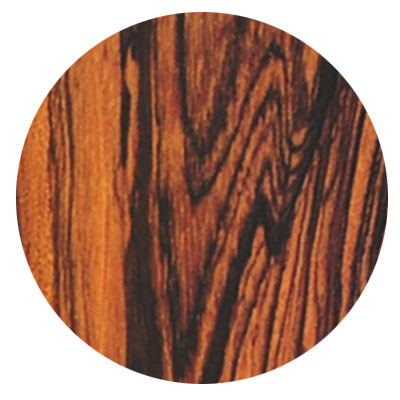
Bocote
Color: Green to golden yellow with black patterns
Uses: Furniture, interior joinery, turning, cabinets, veneers
Price: Expensive
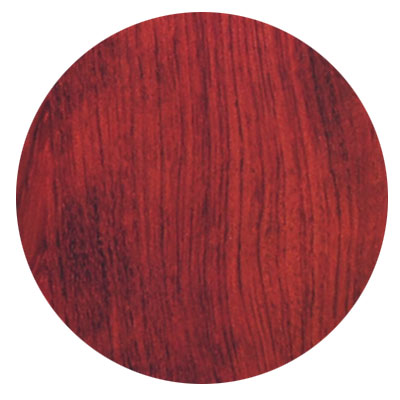
Bubinga
Color: Purple pink to salmon red with dark veining
Uses: Furniture, turning, cabinets, veneers
Price: Expensive
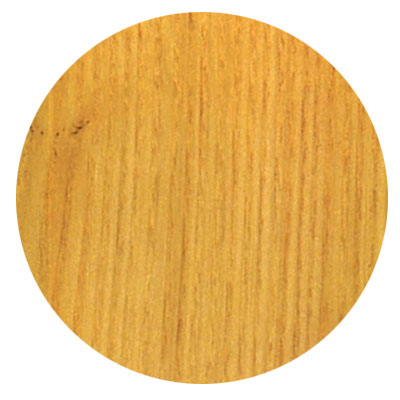
American Chestnut
Color: Pale brown
Uses: Furniture, stakes, picture frames, poles, veneers
Price: Expensive
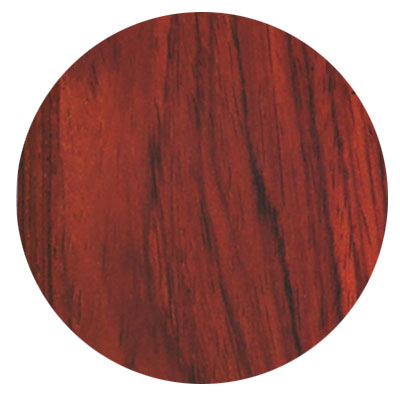
Cocobolo
Color: Purple, orange, rust and yellow color with black markings
Uses: Knife handles, turning, brush backs, tool handles, veneers
Price: Expensive
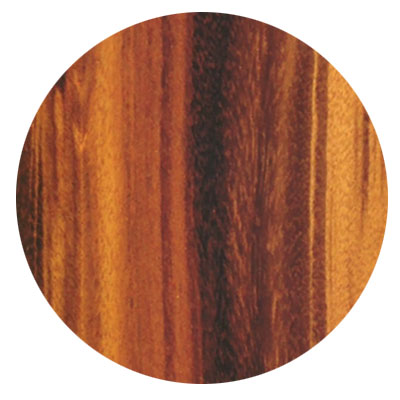
Alves Goncalo
Color: Reddish-brown with black streaks
Uses: Fine furniture, turning, cabinetmaking, veneers
Price: Expensive
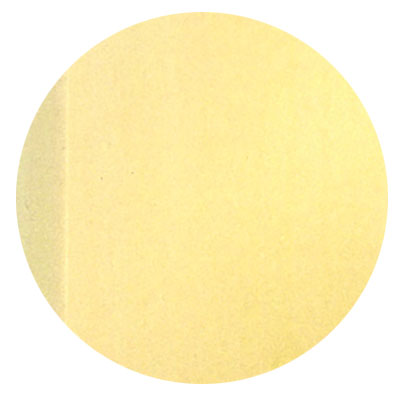
Holly
Color: White to grayish-white
Uses: Ornate turnings, marquetry, inlay, musical instruments, veneers
Price: Expensive
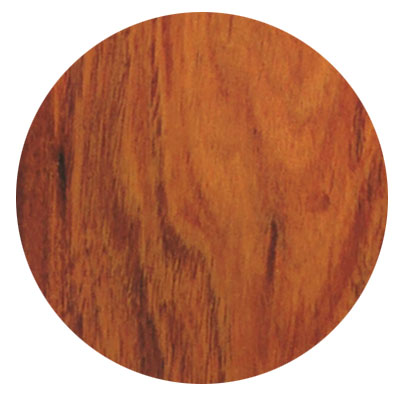
Koa
Color: Reddish to dark brown with dark lines
Uses: High-grade furniture, gunstocks, interior joinery, musical instruments, cabinetwork, veneers
Price: Expensive
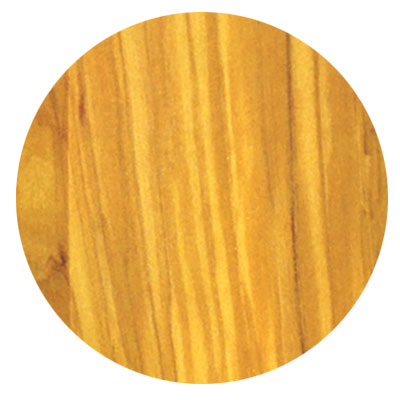
Olivewood
Color: Light to dark brown background with darker streaks
Uses: Inlay work, carving, turning
Price: Expensive
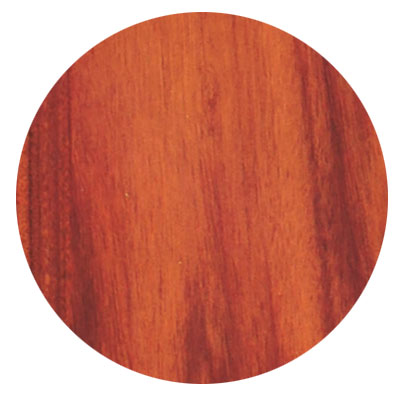
Ferro Pau
Color: Light to medium brown or purple with dark growth lines
Uses: Turning, cabinetwork, fine furniture, musical instruments, veneers
Price: Expensive
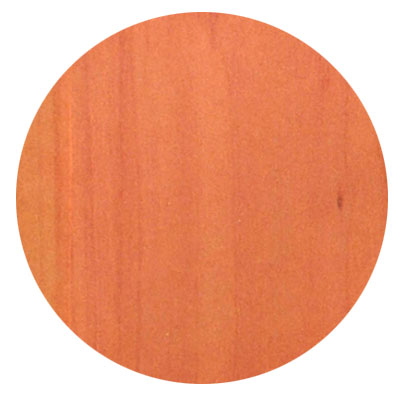
Pear
Color: Pinkish-brown
Uses: Carving, piano keys, recorders, brush backs, turning, decorative veneers
Price: Expensive
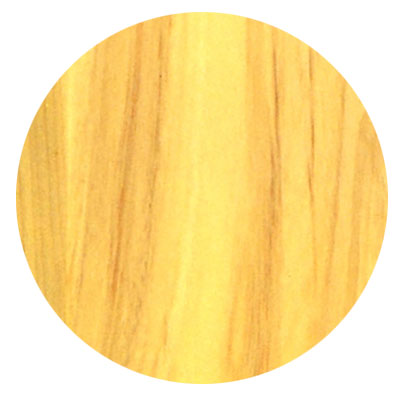
Primavera
Color: Yellowish-white to yellowish-brown
Uses: Cabinet work, fine furniture, veneers
Price: Expensive
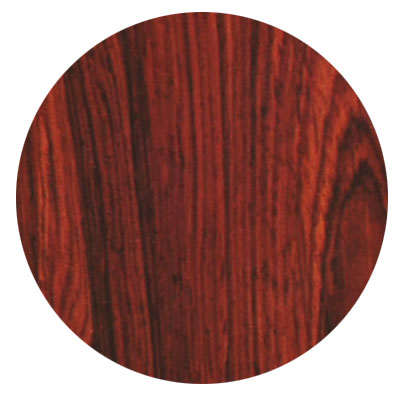
Honduras Rosewood
Color: Pinkish-brown to purple with dark, irregular grain lines
Uses: Turning, musical instruments, veneers for fine cabinetwork
Price: Expensive
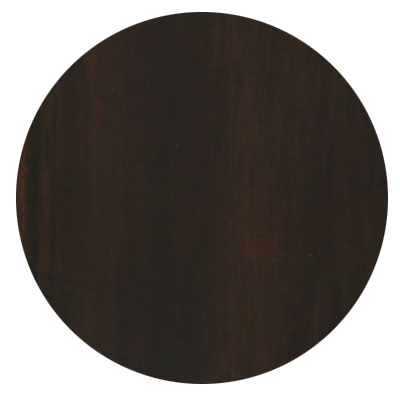
Indonesian Rosewood
Color: Golden brown to dark purple-brown with almost black streaks
Uses: Fine furniture, joinery, turning, musical instruments, cabinetmaking, veneers
Price: Expensive
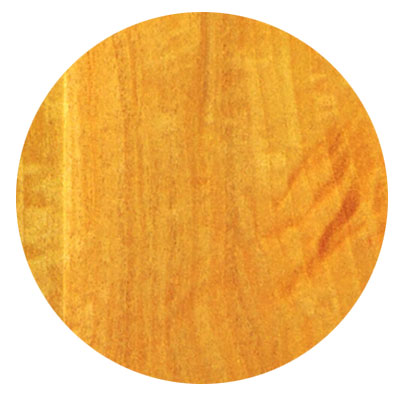
Ceylon Satinwood
Color: Light yellow to gold
Uses: Cabinetmaking, joinery, turning, furniture, decorative veneers
Price: Expensive
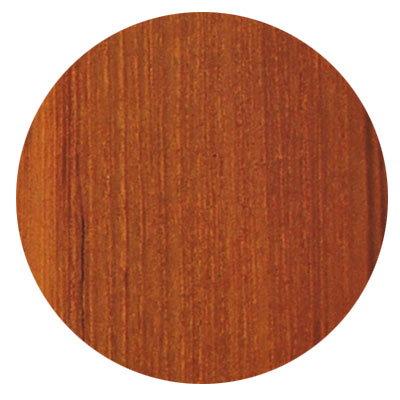
Teak
Color: Golden brown to rich brown with deep brown marking
Uses: Shipbuilding, plywood, flooring, cabinetmaking, joinery, exterior furniture, interior, veneers
Price: Expensive
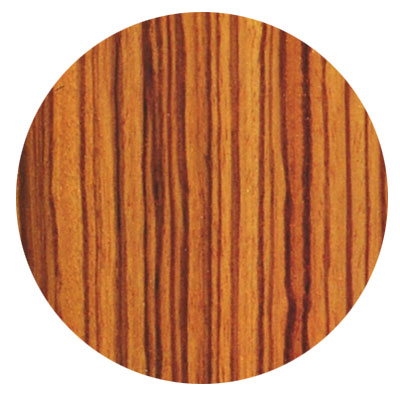
Zebrawood
Color: Pale yellow-brown with thin darker streaks
Uses: Turning, cabinetwork, furniture, inlay, skis, tool handles, decorative veneer
Price: Expensive
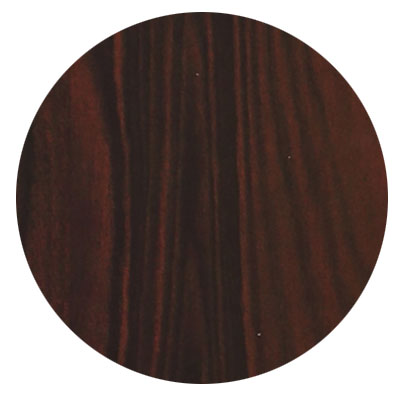
Ziricote
Color: Black, gray or dark brown with black streaks
Uses: Furniture, interior joinery, cabinetwork, veneers
Price: Expensive
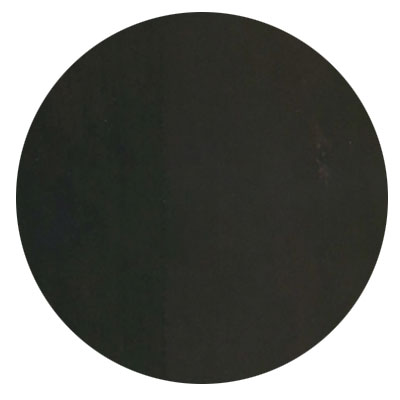
Ebony
Color: Dark brown to black
Uses: Billiard cues, musical instruments, turnings, inlay, handles, veneers
Price: Very expensive
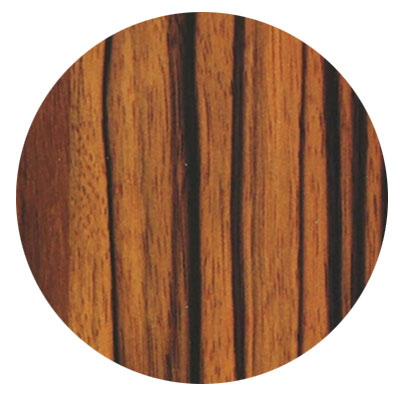
Macassar Ebony
Color: Dark brown to black, with light-brown streaks
Uses: Cabinetwork, billiard cues, inlay work, musical instruments, walking sticks, brush backs, turnings, decorative veneers; sapwood used for tool handles
Price: Very expensive
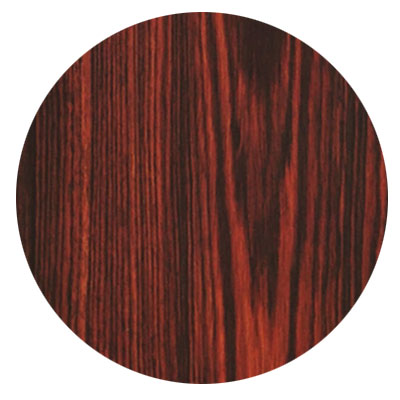
Kingwood
Color: Violet brown, dark violet and black stripes
Uses: Marquetry, turning, veneers for inlay
Price: Very expensive
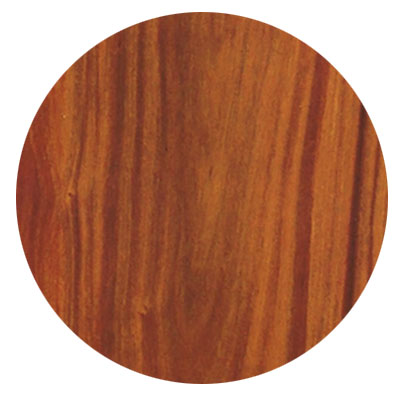
Vitae Lignum
Color: Greenish-brown to black
Uses: Turnings, pulleys, mallet heads, marine bearings
Price: Very expensive
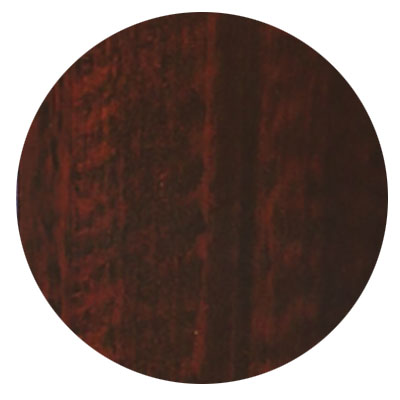
Snakewood
Color: Deep red to reddish-brown with irregular, horizontal black markings
Uses: Fine turned goods, marquetry, knife handles, violin bows, veneers
Price: Very expensive
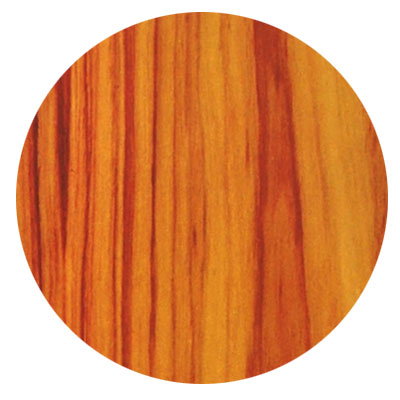
Tulipwood
Color: Golden-pinkish hue with salmon to red stripes
Uses: Antique repair, marquetry, turning, marimba keys, inlaid banding, inlay work, cabinetwork, jewelry boxes, woodware, brush backs, decorative veneers for inlay work
Price: Very expensive
Hardwood Lumber Grades
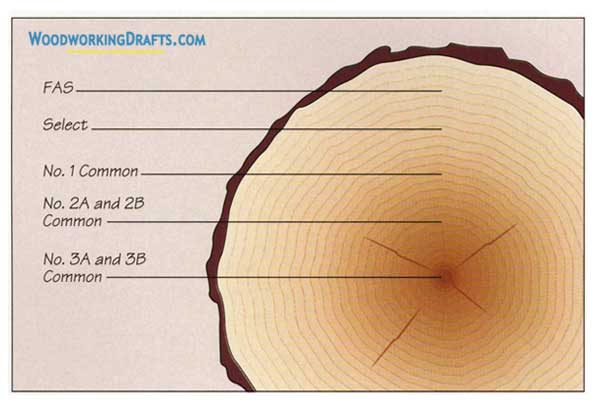
Hardwoods are classified into seven different grades based on the size and clarity of the lumber board’s face.
The highest quality grade is FAS (Firsts and Seconds), while the lowest quality grade is 3B Common. The better the lumber grade, the higher will be % of clear cuttings that can be extracted from the board.
FAS
Allowable board length: 8′ to 16′
Allowable board width: 6″ or wider
Minimum% of clear face cuttings: 83 1/3%
Minimum size of clear cuttings: 3″ x 7′; 4″ x 5′
SELECT
Allowable board length: 6′ to 16′
Allowable board width: 4″ or wider
Minimum% of clear face cuttings: 83 1/3%
Minimum size of clear cuttings: 3″ x 7′; 4″ x 5′
NO. 1 COMMON
Allowable board length: 4′ to 16′
Allowable board width: 3″ or wider
Minimum% of clear face cuttings: 66 2/3%
Minimum size of clear cuttings: 3″ x 3′; 4″ x 2′
NO. 2A & 2B COMMON
Allowable board length: 4′ to 16′
Allowable board width: 3″ or wider
Minimum% of clear face cuttings: 50 %
Minimum size of clear cuttings: 3″ x 2′
NO. 3A COMMON
Allowable board length: 4′ to 16′
Allowable board width: 3″ or wider
Minimum% of clear face cuttings: 33 1/3 %
Minimum size of clear cuttings: 3″ x 2′
NO. 3B COMMON
Allowable board length: 4′ to 16′
Allowable board width: 3″ or wider
Minimum% of clear face cuttings: 25 %
Minimum size of clear cuttings: Greater than 1.5 inches wide and 36 square inches
If you are building a simple woodworking project, it is ideal to hand-pick the lumber from different grades based on each board’s role in the project.
Best Methods Of Sawing Logs Into Lumber
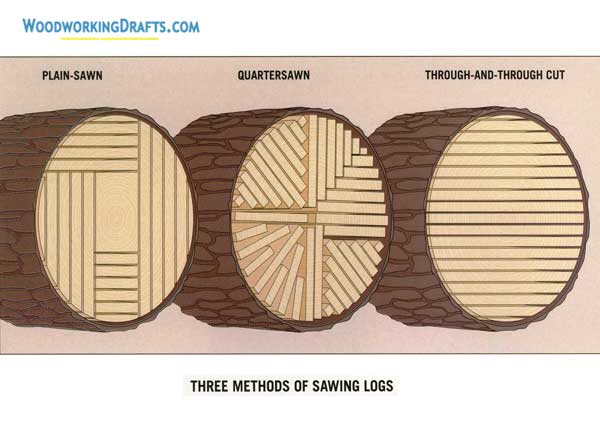
The method employed to cut a tree log into lumber boards makes an enormous difference in the quality, strength, and aesthetics of the wood that is created.
The process of turning a log into lumber (must-have woodworking tools) will require certain sacrifices. The majority of logs are cut into boards using one of three methods.
Through-and-through Sawing
The most straightforward way is to hold the log square and cut it into pieces straight from one end to the next. Through-and-through sawing, produces lumber boards that display growth rings in a tangential manner.
Plain Sawing
During plain sawing, the log rotates when it is cut, and the timber from the pith that is of poor quality is reserved for things like pallets. Wood sawn this way can also be referred to as flat-grained wood.
Quarter Sawing
When the log is split into 4 equal parts, and each board is cut in a radial fashion, it is known as quarter sawing. Such lumber boards display growth rings perpendicularly.
Quartersawn lumber is the most durable. Timber expands and contracts approximately double the amount in a tangential direction of the growth rings as compared to the radial direction.
If quartersawn timber contracts or expands, then it happens along the thickness of the board. Whereas in other lumber, it happens along the length of the board.
A workbench made of plain-sawn hardwood can contract or expand as much as one inch in width. A similar piece made of quartersawn boards will only change by one-third of an inch.
Advantages Of Plain-Sawn Lumber
- It is less expensive and readily available
- Thickness of the board doesn’t contract or expand much
Available in a large range of widths - More resistant to drying collapse; more convenient to dry and kiln
- Beautiful figures resulting from the contrast between latewood and earlywood in very noticeable in the lumber
- Structural strength is less affected by knots in lumber boards
- Pitch pockets are found in very small number of boards
- Lumber face doesn’t easily split when driving screws or nails
Advantages Of Quarter-sawn Lumber
- Has even strength and density across panel
- Length of the board doesn’t contract or expand much
- Cups and twists are fewer in number
- Checks and splits rarely
- Lovely ray figures visible in lumber
- Sapwood can be easily removed as it is only present on board edges
- Ages uniformly across the board
Veneers Can Enhance Your Woodwork Projects
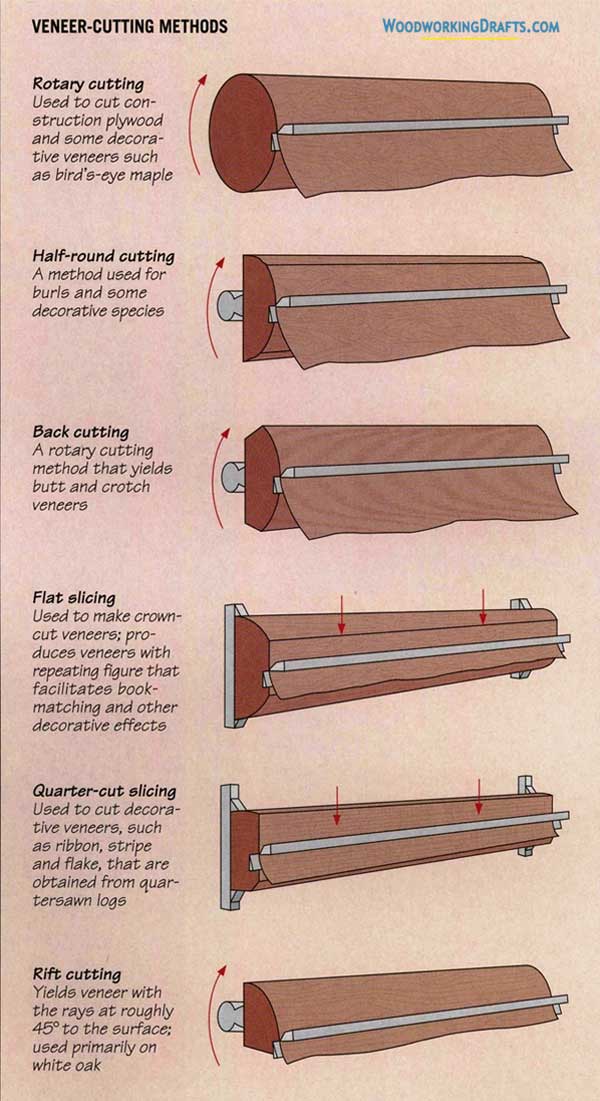
Veneering can change an ordinary wooden door into a stunning art piece with vibrant colors and textures.
Techniques like book-matching and slip-matching have helped woodworkers use veneers to build artistic grain patterns. The veneer can be arranged in a variety of attractive designs.
After the bark has been removed, the tree trunk can be sliced into veneer using three methods: flat cutting, rotating cutting, or saw cutting.
Veneers can be found in over 200 different types, and some are as thin as one-hundredths of an inch.
Common Lumber Defects And Their Solutions
The most common lumber defects negatively impact the appearance of the board, its durability, strength, or the ability to accept the finish. The causes of lumber defects are either natural or man-made or are the result of improper seasoning.
Certain imperfections can be found in all wood species. Natural forces like wind, fire as well as fungi, and insects are also able to cause damage to wood.
Many defects can occur when the wood is exposed to air and left to dry. Since wood does not shrink uniformly across all dimensions, warping may occur in the event that moisture levels of the lumber fall below a certain amount.
Below are some commonly reported problems with lumber and how you can fix the issue.
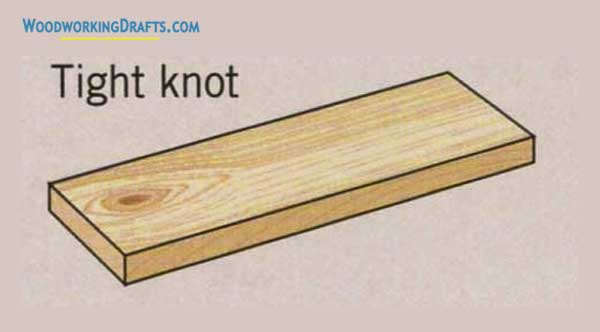
Defect: Tight knot
A whorl-like appearance in the wood. As the tree trunk’s diameter grows and slowly encases the branches, knots appear in the wood. The knot will get absorbed into the wood if the branch is still alive when the trunk surrounds it.
Solution:
It doesn’t cause any major deficiency in the board’s strength and can be cut off or used directly.
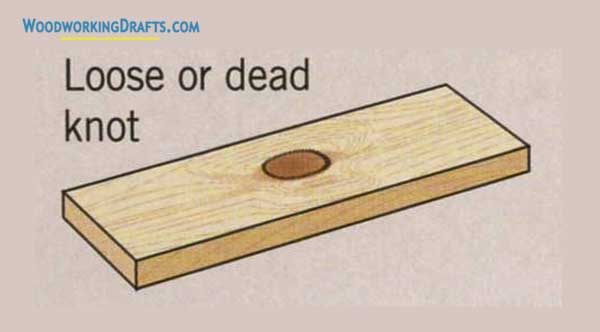
Defect: Loose or dead knot
A whorl encircled by a dark ring in the wood. When a growing tree trunk envelopes a dead branch, the tissue of the branch will not be absorbed into the wood and cause dead or loose knots.
Solution:
Knots must be cut off before using the board
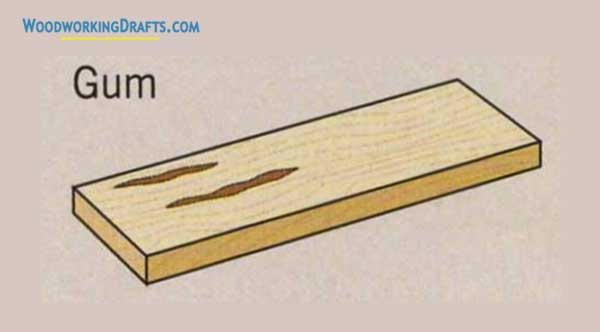
Defect: Gum
The board contains sacks filled with gum caused by injury to the tree trunk.
Solution:
Gum may bleed through the wood finish, so avoid using it for projects where you need an excellent finishing.
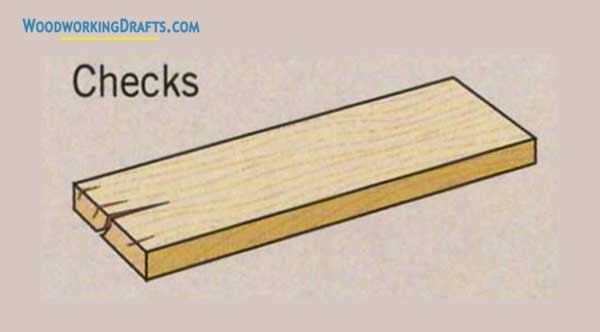
Defect: Checks
There are cracks along the length of the board produced by the fast drying of wood. This can affect the durability and look of the wood.
Solution:
Cut along the crack and create a smaller board.
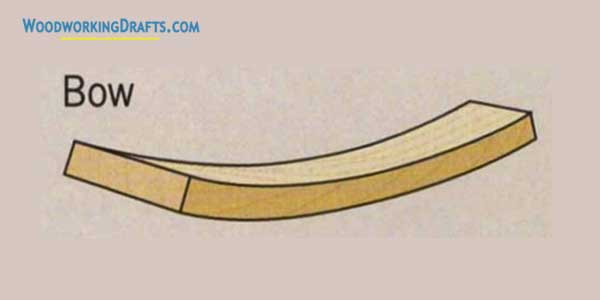
Defect: Bow
A curving of the wood across the face from one end to the other caused by incorrect storage of the board. This makes cutting the board difficult.
Solution:
Cut the board into smaller pieces or flatten it on a jointer.
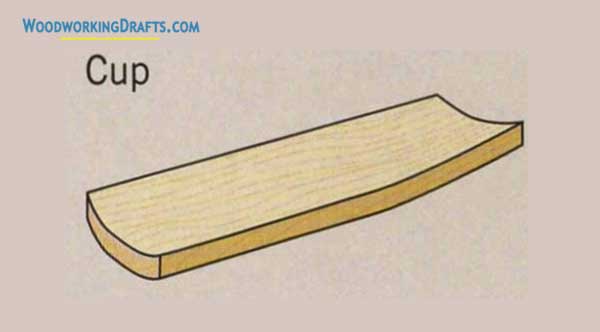
Defect: Cup
A curving of the wood across the face from one edge to the other that happens because one face of the board dried faster compared to the other face.
Solution:
Cupping may automatically correct itself if both faces dry evenly. Or else you can save the board using a jointer or a band saw.
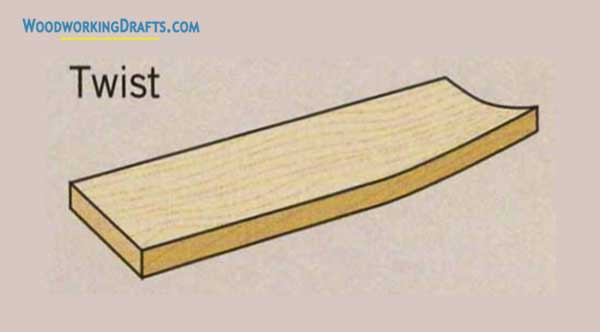
Defect: Twist
When a board with a cross-grain structure that isn’t level with the edge dries unevenly, it can warp the board and make one corner out of alignment with other corners.
Solution:
Cut the board into smaller pieces or use a jointer.
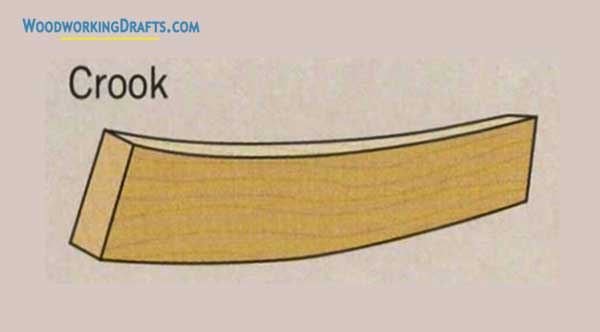
Defect: Crook
A board may get curved on the edge between two ends when it is seasoned incorrectly. This can also happen if the pith of the trunk is near the edge of the board. Such a board is structurally compromised and cannot support loads.
Solution:
Board can be fixed using a table saw or on a jointer.
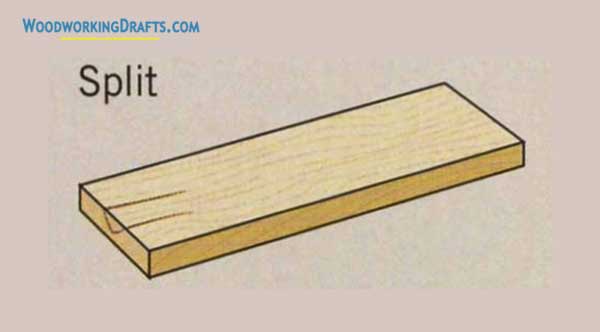
Defect: Split
When wood across the growth rings is dried improperly, it can cause the wood to split. This can also be caused by trunk damage caused during the fall of the tree.
Solution:
Use the board in hidden areas of a project or for creating pieces whose appearance is not that important.
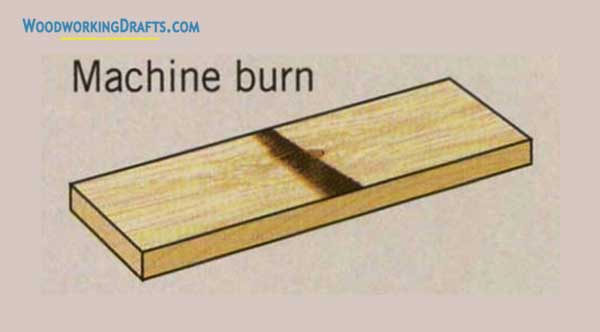
Defect: Machine Burn
When timber is cut using dull knives or the saw blades spin on one area for a long time, then a dark band appears on the edge or face of the lumber board.
Solution:
Use a sander to erase the machine burn.
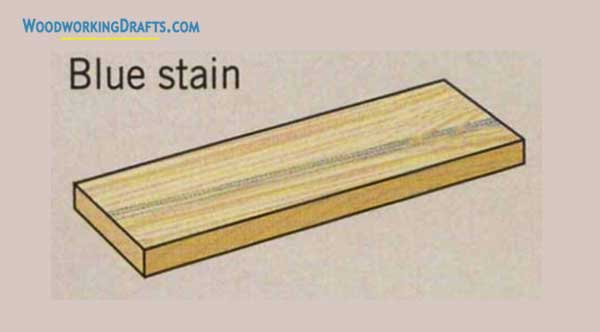
Defect: Blue Stain
Lumber infected by mold during storage develops bluish surface stains.
Solution:
A dark stain can be used to conceal it.
Engineered Woods And Manufactured Wood Products
Engineered woods are artificially manufactured in factories to give them specific desired features. These woods are also known as composite woods.
They are usually produced by mixing sawdust or wood shavings from lumber mills with special adhesives and subjecting the mixture to heat and pressure. Manufactured woods allow us to craft board sizes that would be very challenging to get from most trees naturally.
Plywood, Particleboard, and Medium-Density Fiber Board are all examples of engineered woods. We can also classify veneers as manufactured wood because they must be cut using unique methods to produce the precise grain direction needed.
Let us look at each of the engineered woods in detail.
Plywood Types For Woodworking
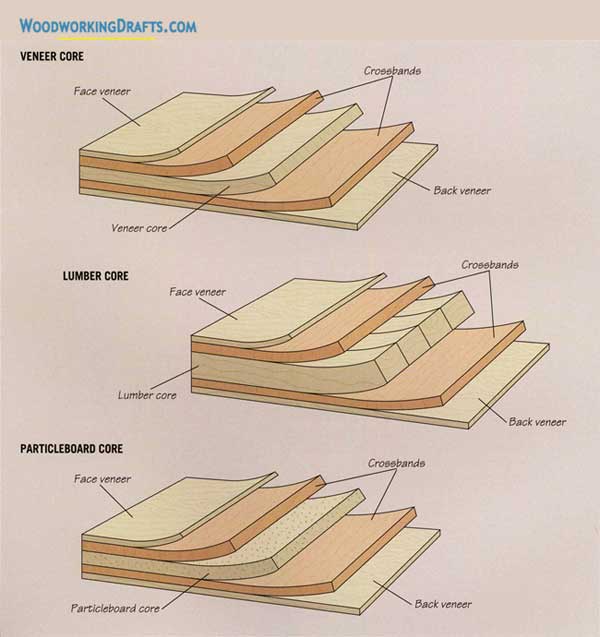
The fundamental structure of most kinds of plywood is similar. It has a core surrounded on both sides with multiple crossbanding layers and an outer veneer.
Softwood plywood usually have a core veneer which makes them sturdy, affordable, and split-proof. Hardwood plywood usually have a core made of particleboard or milled lumber.
The central layer of lumber-core plywood is comprised of many thin pieces of solid timber such as poplar, mahogany, or basswood, all glued together along the edges.
The central ply of particleboard-core plywood is made of particleboard or medium-density fiberboard.
Plywood with solid timber cores holds screws and nails very tightly and is a good choice for projects where sturdiness and flushness are needed.
Advantages of Plywood
- It is available in a vast selection of sizes and thicknesses.
- It is extremely stable in dimension and is not likely to bow, split, warp or check.
- It can be purchased with almost any kind of face veneer.
- It’s suitable for any project that does not require complex joinery and can be cut very quickly.
Plywood Grades
The range of plywood present in the market is so vast that it is not just a question of picking a board with a specific thickness and width. You will have to consider many other factors when making a selection.
Softwood and hardwood plywood boards are given grade ratings based on their ideal usage and the quality of veneers used to cover them.
Hardwood plywood comes in three different grades.
These ratings are decided based on the sturdiness provided by the veneers and glues employed in the production of the boards. Based on grade ratings, hardwood plywood are classified as Types II, I, and III.
Type I is completely water-proof boards that can be used for exterior construction.
Type II is moderately moisture-resistant indoor grade plywood.
Type III is mildly moisture-resistant plywood solely for indoor usage.
Types II and Ill are usually used for quality indoor furniture projects.
Softwood plywood is sold in interior and exterior grade ratings, plus a third kind known as Exposure 1.
Exposure 1 grade plywood and exterior grade plywood contain moisture-resistant adhesives, which make the panels impervious to water.
For indoor furniture, craftsmen usually opt for interior-grade or Exposure 1 boards.
Hardwood plywood can be found from 1/8 inch to one inch in thickness, and softwood plywood is available in thickness ranging from 1/4 to 3/4 inches.
The typical size of a board is 4×8 feet. However, custom orders are possible for sheets bigger in size.
Woodworking with Particleboards
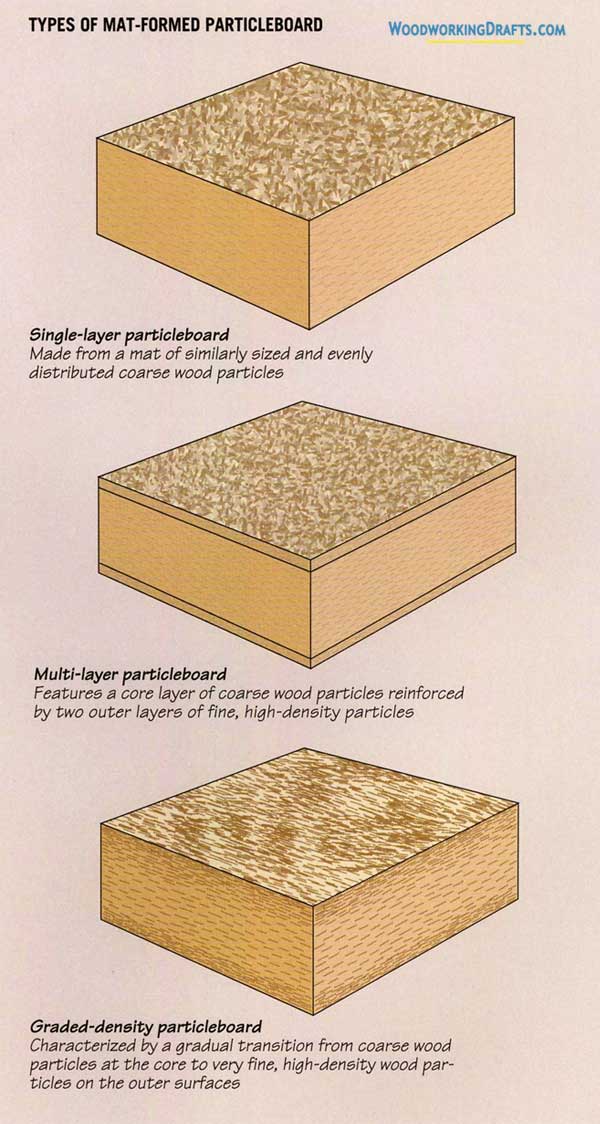
Particleboard, also known as chipboard, is a preferred option for building drawer backs, carcass bottoms, and hidden panels. It is created by blending adhesive with wood flakes under extreme pressure and high temperature.
Composite boards have the same sturdiness as solid lumber and are usually cheaper. They are also more water-resistant and withstand warping.
Particleboard is produced either using the mat-forming process or with the extrusion technique.
During the rarely used extrusion technique, a mixture of adhesive and wood flakes is pushed into a tiny, narrow gap in order to make boards. The direction of the wood grain is at right angles to the board face.
In the commonly used mat-forming process, a mixture of adhesive and wood flakes is compressed into a mat using a mechanical press. This technique ensures that the wood grain is aligned with the board face.
Single-layer particleboard is made up of wood particles that are similar in shape and measurements.
Multi-layer particleboard is built using more thicker wood particles at the board’s center and smaller particles in the exterior areas.
Sheets of particleboard are usually 4×8 feet in size, but 5×10 sheets can also be found. The sheets can be bought in thicknesses starting at 1/4 inches all the way to 2 inches.
Medium-Density Fiberboard or MDF
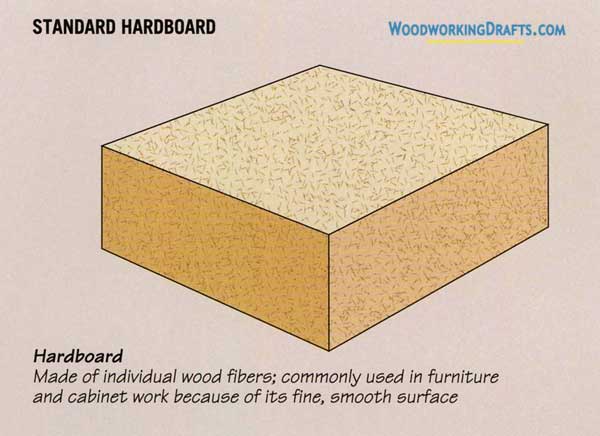
Hardboard, also known as fiberboard, is constructed similar to particleboard. However, the wooden flakes used in them are cut so fine that they are now single fibers. It produces a tight, sturdy, and compact board with very even surfaces.
Hardboard is available in tempered, service, and standard grades.
Tempered hardboard is heavier, more water-proof, and sturdier than the service and standard grade boards. The panels are available from 1/12 to 5/16 inches in thickness.
MDF (Medium-density fiberboard) boards have a smooth surface grain, with edges that are equivalent to solid lumber. MDF is manufactured in thicknesses starting from one-quarter of an inch to 1 1/4 inches. It is also available with surface veneers.
A Perfect Wood Type For Every Woodworking Project
Now that you’ve seen the wide range of wood types and their unique features, it should be a lot simpler for you to pick the best wood for your DIY project.
Choosing the most suitable wood will enhance both the beauty and durability of any indoor or outdoor project.
Whether you are building a simple chair or a spacious shed, knowing about these best wood types for woodworking will help you make better decisions.



